
Dish
Frittata di cipolle
Italian onion frittata
Frittata di cipolle is made by sautéing onions in olive oil until they are soft and golden brown. Eggs are then beaten and poured over the onions, and the mixture is cooked until the eggs are set. The frittata is then flipped over and cooked on the other side until it is golden brown. It is typically served with a side of bread and a simple salad.
Origins and history
Frittata di cipolle has been a popular dish in Italy for centuries. It is believed to have originated in the Campania region of Italy and was traditionally served as a snack or light meal. Today, it is a staple dish in Italian cuisine and is enjoyed by people all over the world.
Dietary considerations
Gluten-free, dairy-free
Variations
There are many variations of Frittata di cipolle, with different ingredients and cooking methods. Some recipes call for adding cheese, such as Parmesan or mozzarella, to the frittata. Others use different types of vegetables, such as peppers or zucchini. Some chefs also add herbs, such as basil or oregano, to the frittata for extra flavor.
Presentation and garnishing
The frittata should be cooked slowly over low heat to ensure that it is evenly cooked and not too dry. Garnish with fresh basil or parsley for added flavor and presentation.
Tips & Tricks
To make the frittata fluffier, add a splash of milk or cream to the beaten eggs before pouring them over the onions.
Side-dishes
Bread, salad
Drink pairings
White wine or Prosecco
Delicious Frittata di cipolle recipes
More dishes from this category... Browse all »

Affunnatielle
Italian cuisine

Ajitsuke tamago
Japanese cuisine

Anglesey Eggs
Welsh cuisine

Balbuljata
Maltese cuisine

Black Pudding Scotch Egg
English cuisine

Búbos rántotta
Hungarian cuisine

Chai poh neng
Chinese cuisine

Chhài-pó͘-nn̄g
Taiwanese cuisine
More cuisines from this region... Browse all »
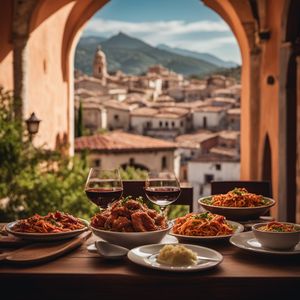
Abruzzese and Molisan cuisine
Savory, Earthy, Rustic, Hearty
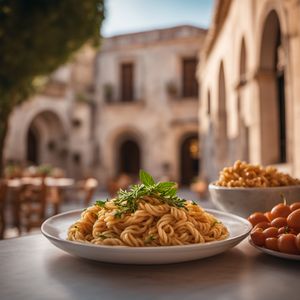
Apulian cuisine
Fresh, Savory, Rustic, Simple
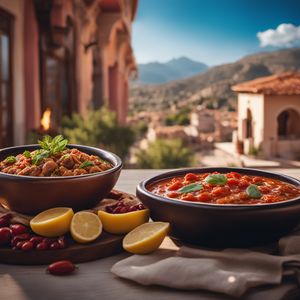
Arbëreshë cuisine
Savory, Tangy, Herbaceous, Spicy

Basilicatan (Lucanian) cuisine
Savory, Earthy, Rustic, Hearty
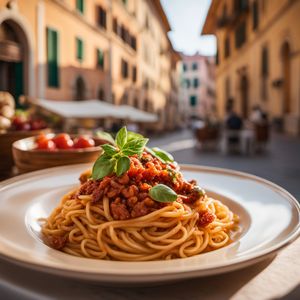
Ligurian cuisine
Light, Delicate, Herbaceous, Salty
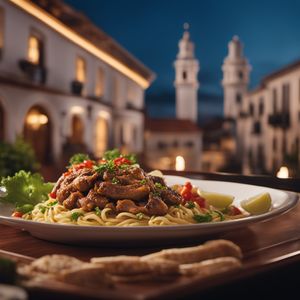
Lombard cuisine
Rich, Savory, Meaty, Cheesy

Neapolitan cuisine
Bold, Savory, Spicy, Tangy, Fresh

Roman cuisine
Fresh, Light, Herbaceous, Tangy, Savory

